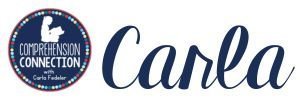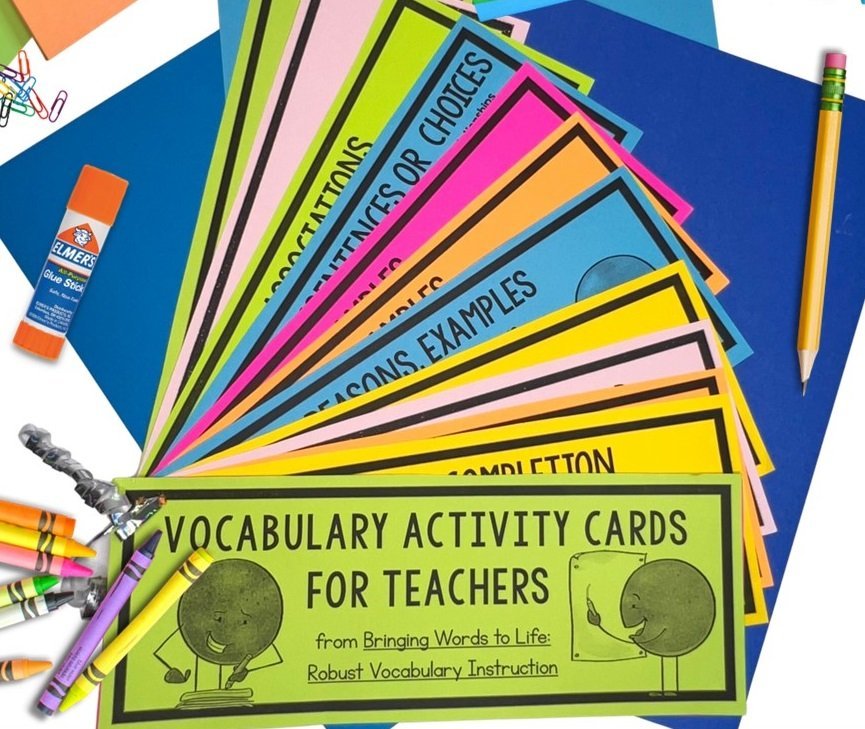
Concept of word may be a new term for some teachers, but never fear…I’ll explain it. COW, the acronym we often use, develops through repeated reading and modeling. As kids develop phonemic awareness and phonics skills, they also develop a concept of word.
Kids LOVE learning about animals, and there is a plethora of great animal themed literature we can use to our advantage that will draw them in! I have yet to meet a kid who wasn’t curious about bears, penguins, bats, and snakes! Have you? Well why not use this enthusiasm with poetry too. This post explains how to work on developing a concept of word with emergent readers using my animal themed poetry sets.
Concept of Word (COW) poems can serve all levels of emergent and beginning readers. We can not say about every piece of curriculum we use, but I hope to show you how these poems naturally differentiate.
CONCEPT OF WORD STAGES
What does a fully developed concept of word look like? Well, having a concept of word means that the student accurately connects print to the spoken word and recognizes the space between words demonstrated by tracking print. A common challenge for early learners is recognizing multisyllabic words as they often miss the second syllable. You’ll see this when their tracking gets off. In addition to tracking, there is also the connection that students can use the beginning sound as confirmation that the print matches spoken words. I love it when kids are making that connection and come to a full stop, “Wait. That’s not right!!” For me, that is the ah-ha moment where they are beginning to read.
Now, COW develops in stages. At first, the student will just slide through words with no connection at all. Gradually, they’ll be able to track many words, but will get lost with longer words or longer sentences. This would be the rudimentary stage. Once the student can accurately track print and return to the text and identify words in context, then COW is stable meaning the child’s ready to read.
USING CONCEPT OF WORD POETRY
Now, when I began using these poems, it was with struggling readers who had not developed a concept of word, but what I ended up discovering is that they work well with kids who are beginning readers too. You can use them to build sight vocabulary, work on fluency phrases, review rhyme patterns, work on decoding new vocabulary, and even for teaching basic comprehension of poetry

Poem Introduction and Modeling
The first step with COW instruction is to teach the poem for memory. I project the poem on a Smartboard and model it. Once memorized, then we begin working with it in small groups. To see what I mean, let’s look at this sample poem. Here is the one slide of the set. I put it on sentence strips so that it can be placed into a tabletop pocket chart.
My kids practice with pointers in small group. For those who are at the beginning stages, I also have an option with touchpoints at the start to each word. This provides support and can gradually be shifted to working without the touchpoints.
Once the students are accurately tracking, I cut the sentences apart, and we rearrange them back into sentences. We can also work on word identification in isolation this way as well as decoding words like fishy, going, and swimming. We can work on word study patterns (CVC), and we can even compare questions and statements. For those needing to review beginning sounds and letter recognition, it’s easy to do with the poems too.

Repeated Practice in Book Form
Another option in the set is the book form. There are two reason I use the book form. First, the pictures help in reinforcing the poem. With Concept of Word instruction, you want the student to memorize the poem before seeing it because the idea is for the student to connect spoken word to print.
With each poem, there are full page “posters” of each book page so that you can project it or print it for small groups. The pictures help the student attach the phrases to something concrete. BUT, guess what? You can also READ the text if you are able. We can practice using picture clues, and students can use the books with their parents at home especially once the really can connect to the text. When the kids can “read” to mom and dad, it is a huge ego booster for sure.

Words in Context and in Isolation
Another component in the set is the word list in isolation. I use the word cards for print matching. I ask the kiddos to find the word come say. For those who need it, I will show them the word. For those who realize they can find it by repeating the text, let them work to find it.
As COW develops, you’ll have some who will reread the poem to locate the word, some who will automatically identify it, and some who will need full support. In this particular poem, the sentences are fairly controlled, but there is a range within the set I’m linking at the end of this post.

Creating a Concept of Word Anthology
At the end of the week, I have my kids place the page copy in a poetry binder. Then, the kids go back to previously taught poems for independent reading. If they are careful, they even have a nice keepsake at the end of the year with all of the poems we’ve used.
THE CONCEPT OF WORD ROUTINE
ADDITIONAL THOUGHTS
Normally, I use one poem per week with struggling kiddos, but if you have kids that are ready for new poems by midweek, you can always introduce a new one during the small group time. Repeated reading builds fluency for the struggling student, but some children in kindergarten may be fluent already. The animal poetry bundle includes 28 poetry sets (enough for 28 weeks). For two letters, I couldn’t decide which animal to include, so I did both. It’s priced at $20.00 (256 pages). You can see a list of the animals included in the resource description. Each poem includes teaching posters (4), a touchpoint grid, the poem on sentence strips with and without touchpoints, book form, page form, and the words in isolation.
OTHER POSTS YOU’LL FIND HELPFUL
- 8 Effective Ways to Differentiate Concept of Word Lessons
- Developing a Concept of Word in Emergent Readers
- 10 Fun Ways to Use a Poem of the Week
EXTENSION FOR ADVANCED K/1 KIDS
Another thought for advanced kiddos too is that you might move to longer poems that extend the themes. I have created poetry for students in grades 1-4 in similar themes that you might check out. There is a yearly bundle of seasonal poems as well as a food themed bundle and sports themed bundle. An animal bundle for middle grades will be coming once this resource is completed. To check out all of my poetry resources, CLICK HERE. To get an idea of the poetry sets for the middle grades, here is a set for spring.
-
Sale Product on salePoem of the Week for Kindergarten and 1st Grade Mega Bundle 78 Poetry Sets
$68.00Original price was: $68.00.$40.00Current price is: $40.00.
GET THEM ALL!
Another great option is to consider is the full year intervention mega bundle. It is currently on sale from $75 for 78 poems (800 pages) to $60. The mega bundle includes all three seasonal sets, the nursery rhymes edition, and the animals A to Z set giving you lots of thematic options to blend with any literature you choose. As an added bonus, I’ll say that the poetry collection makes a wonderful end of the year gift to your students. Just print and bind them for a special book they can read all summer.
How do you bring poetry into your ELA instruction? I’d love to hear your questions and suggestions below.

Pin for Later:




















